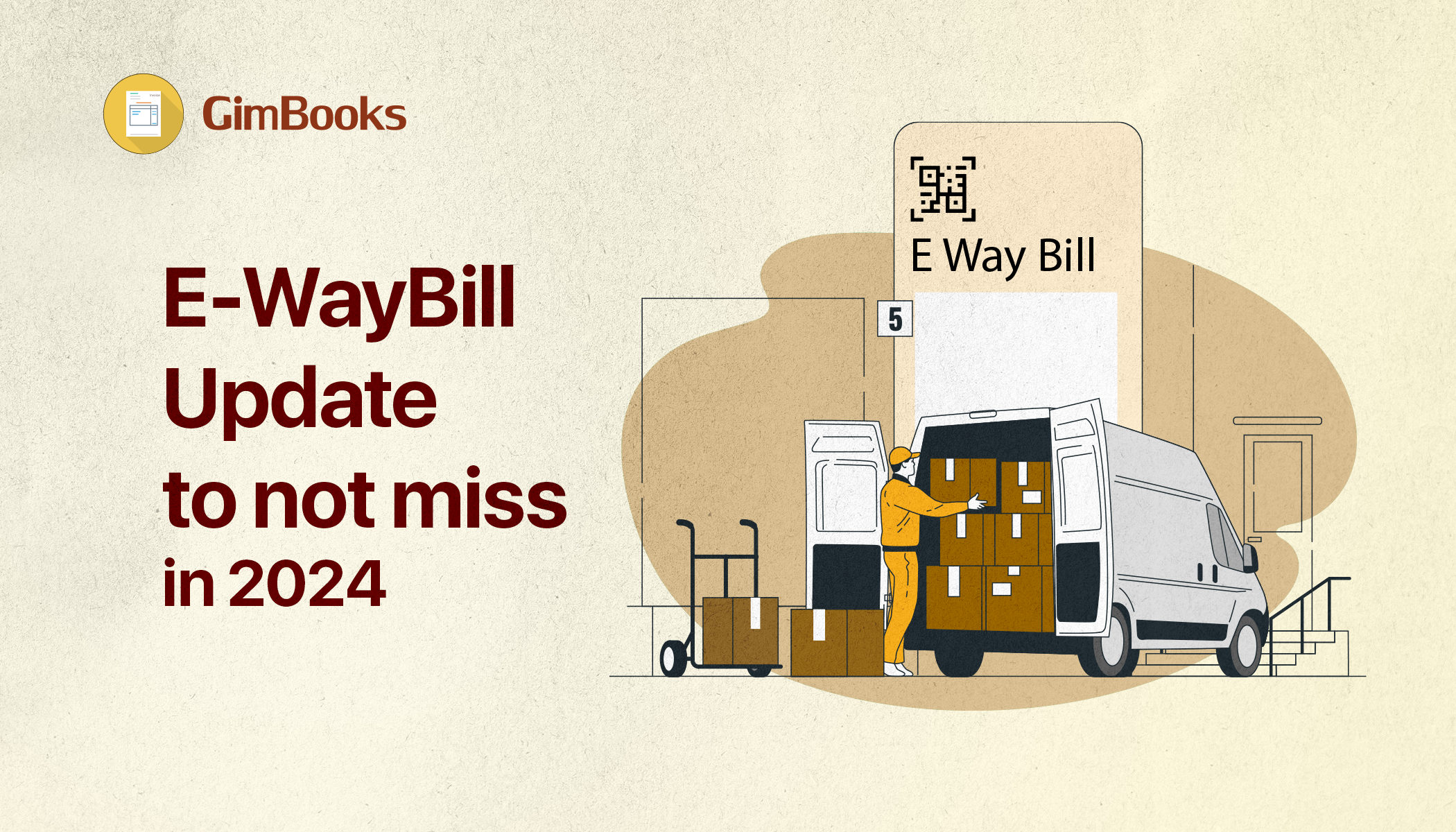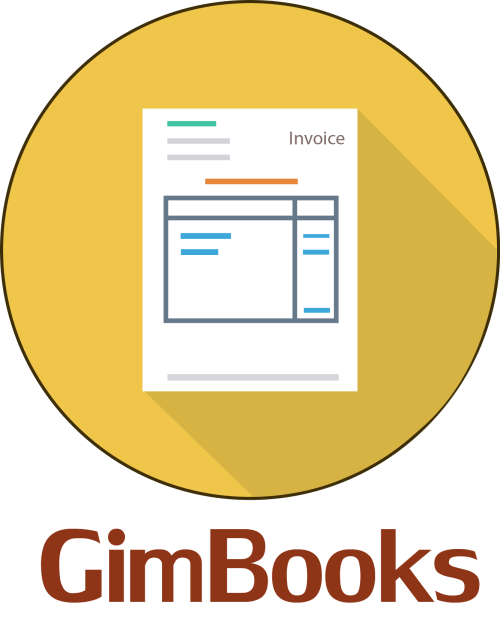E-WayBill Update to not miss in 2024
E-Way Bill update 2024: New features for easier generation and management of eway bills online! The e way bill system system now requires submitting 6 digit HSN code for AATO more than 5 crore of B2B and B2E taxpayers.

The E-WayBill system now requires businesses to include 6-digit HSN codes. Before we move further, let's familiarise ourselves with what E-waybill is.
E-wayBill is an electronic document for mentioning goods worth rs. 50,000 and more. The goods mentioned in e-way bill are being moved from one place to another.
These documents are made by GST businesses, with an E-WayBill number, which is shared with the supplier, recipient, and transporter.
Update on E-WayBill-
As per a new update on 1st February 2024, now the e-waybill system requires businesses to share the 6-digit HSN code for all the Business-to-Business and Export transactions by the taxpayers whose Annual Aggregate Turnover is Rs. 5 Crores+.
And if you have AATO less than Rs. 5 Crores, then you must provide at least a 4-digit HSN code.
This validation has been implemented in the e-way bill system from 1st February 2024. Hence, you, the taxpayers are advised to make necessary changes in their systems and enter 4 / 6 digit HSN codes as per their AATO when they generate your e-way bills via web and API systems from 1st February 2024.
This new rule on e-waybills is being implemented so that the government, can easily track the movement of goods accurately and prevent tax evasion if any.
4 important things to know about E-WayBill
To understand more about this update on e-waybill, who can do it, how can you generate an e-waybill, which form to fill, which part of the form to fill,
When you do not need an e-wayBill?
In a few situations, for example, even if it is a GST registered business, E-Way Bill is not required.
Transportation by non-motorized vehicles: If you're transporting goods by hand, bicycle, bullock cart, etc., you don't need an E-Way Bill.

Specific exempted goods: Specific goods that are exempted from E-Way Bill requirements are liquefied petroleum gas for domestic use, kerosene oil under PDS, postal baggage, precious metals and stones, used personal effects, unworked coral.
Short-distance movement: Within the same state, an E-Way Bill isn't required for goods transported up to 50 kilometers:
Intra-state movement: Goods moved up to 50 km within the same state are exempt from obtaining an E-Way Bill for movement in the following situations:
-Between the consignor and the transporter, also known as the consignor-transporter movement.
-Between the transporter and the consignee, also known as the transporter-consignee movement.
Weighbridge movement : Up to 20 km in the same state, in case of transporting the goods to a weighbridge and coming back, the movement is exempt from obtaining an E-Way Bill, if the movement is accompanied by a delivery challan.
Government and defense: No, where government or local authority are shipping by rail, or the Ministry of Defence are consignor or consignee.
Customs and bonded goods: E-Way Bills are not needed for the transportation of:
- Goods from customs port/airport to an Inland Container Depot or Container Freight Station for clearance under customs.
-From ICD/CFS to a customs port/airport under customs bond under customs supervision or seal
For your record, greater accuracy and simplicity, always obtain this information from the official e-waybill system or tax consultant.
Conclusion: Your Updated E-wayBill
This is in fact the government's stride towards optimum rationalization and simplification of the system. Hence, by such changes, businesses are bound to run within compliance and contribute to a more efficient administration of tax.
Tap to know how ▶ GimBooks App can help you easily and quickly to manage your business with e way bill login in mobile.
Explore more-




